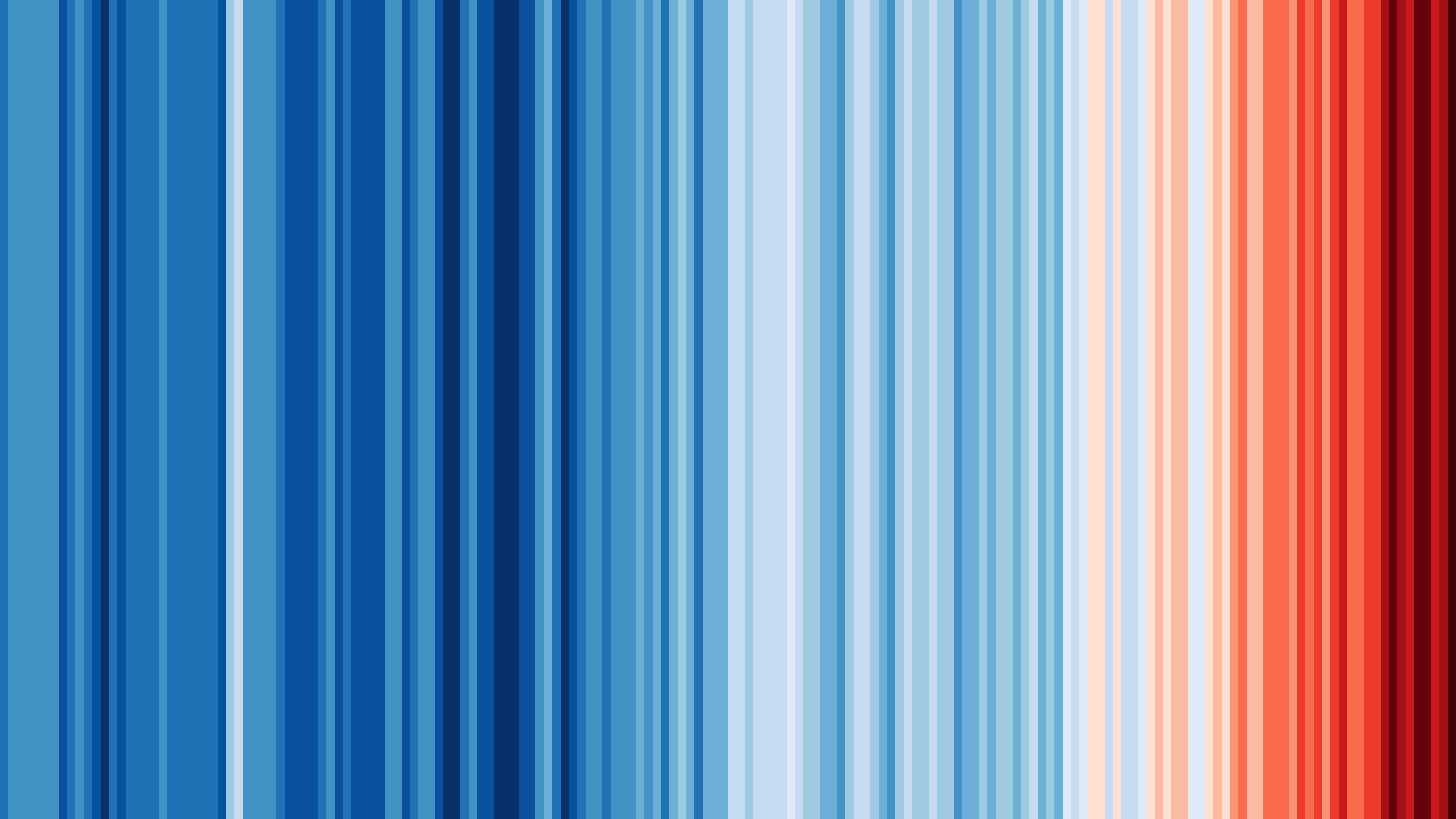

Aurora Borealis
The Aurora Borealis, also known as the Northern Lights, and Aurora Australis (Southern Lights) in the Southern Hemisphere, are a spectacular natural phenomenon. They light up the night sky, dancing around in fantastic colours. There are few places in the Northern Hemisphere where you can see them, but they can be elusive if you are really unlucky. Here we explain the science behind the Northern Lights and share tips on how to maximise your chances of witnessing this incredible spectacle.
The Northern Lights’ origin starts some 93 million miles away, on the Sun. A released stream of charged particles, known as the solar wind, travels through the solar system. When it reaches the Earth’s outer atmosphere, it collides with charged particles that exist in our magnetosphere. These collisions cause particles to break free of the magnetosphere and cascade toward the Earth’s magnetic field lines, usually travelling toward the poles. Since the Earth’s magnetic pole is tilted approximately at an angle of 10 degrees, with respect to the Earth’s rotational axis, we tend to only see the Aurora in the so-called ‘Aurora Belt’, approximately between 60° and 70° of latitude.
The Earth’s magnetosphere is imperative because it protects us from being blown away by the solar wind. The Aurora is one way we can visibly observe the magnetosphere in action. The Aurora is also evidence that the Sun and the Earth are a system connected by more than sunlight. The Earth’s magnetosphere is changing, and in recent years three satellites have been launched from Russia to discover more about this protective field. The Auroras do not seem to affect weather patterns on Earth. However, they create disturbances in the upper atmosphere where they reside, and hopefully, new research will tell us more.
The Aurora happens when the charged particles react with gases in our atmosphere, such as oxygen and nitrogen, and light is emitted as part of this reaction. Each gas emits a particular colour of light, depending on where they are in the atmosphere - most of the light comes from altitudes between 60 and 200 miles above the Earth. Oxygen produces green and red light, whilst nitrogen emits blue and red. The frequency and intensity of the aurora increase when the Sun is more active. With solar minimum behind us, scientists expect the Sun’s activity to ramp up toward the next predicted maximum in July 2025.
The first thing to do when ‘hunting’ for the Northern Lights, besides being in the right location, is to check the weather forecast. You need clear and dark skies to be able to see this phenomenon. Ideally, you will be in a place where there is no light pollution, i.e. countryside, rather than a city or a town. Having a car would help you get to more remote places and keep you warm while you wait; yes, be prepared to wait all night if necessary. Please ensure you follow all current COVID-19 guidance before you travel.
The next thing on your list should be a camera with manual settings. It is sometimes possible to record Aurora activity on a camera, even if you are not able to detect the lights with your own eyes. Besides, you will want to record and share what you have witnessed. You need to remember to have a tripod and a remote shutter release and set up the exposure for 40-60 seconds.
There are many dedicated websites that can help your search. Very rarely is it possible to see the Aurora Borealis in the UK, but AuroraWatch UK allows you to monitor geomagnetic activity in real-time and will let you know when the aurora may be visible from the UK.
Good luck and have fun on your adventures to find one of the most magnificent spectacles our atmosphere has on offer!




